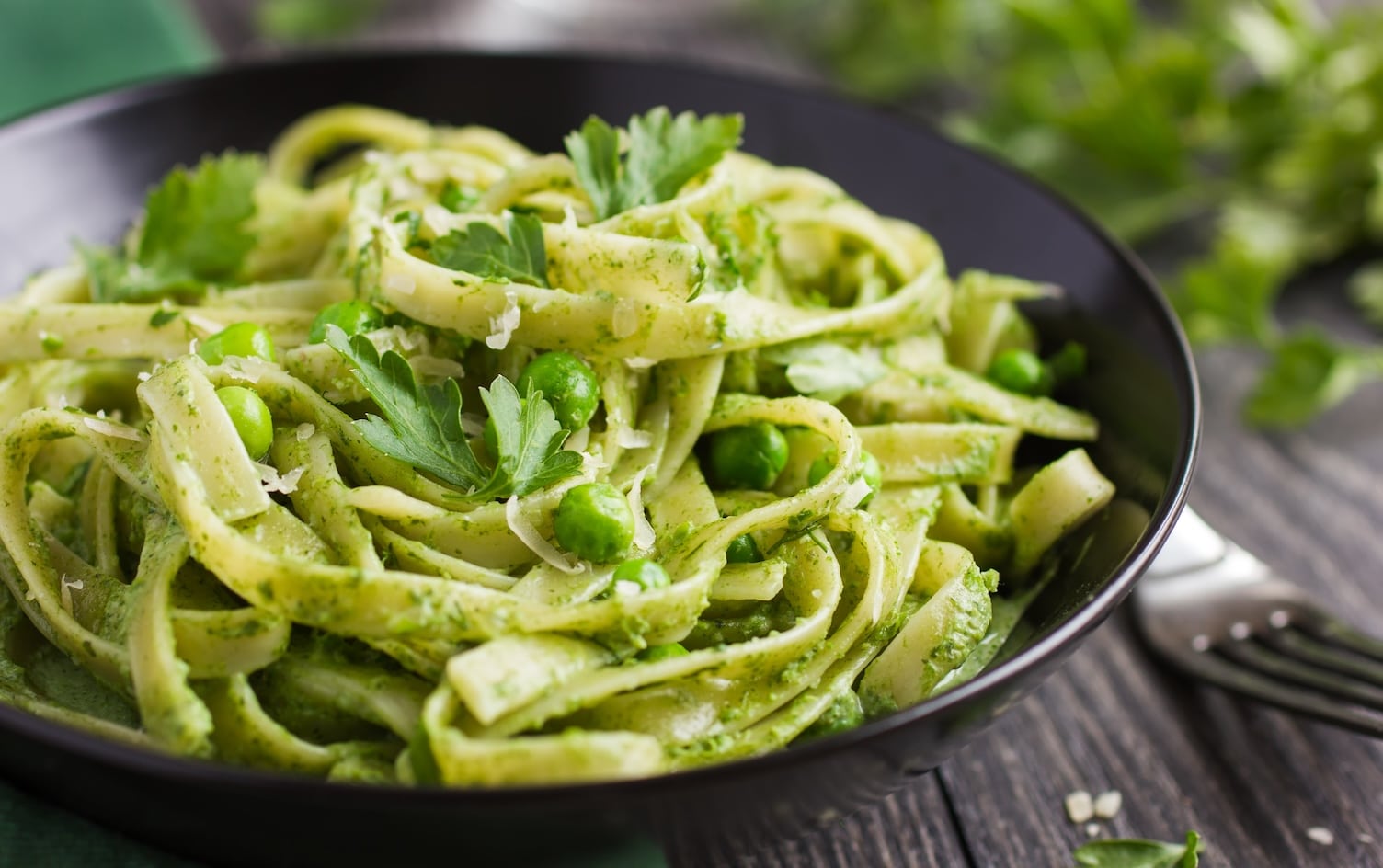If you grew up with your parents demanding you “clean your plate!” before you could leave the dinner table, it’s all too easy to carry the habit into adulthood. It’s an understandable move, too, especially if you’re trying to avoid food waste or stick to a tight budget.
The good news is a clean plate habit in itself isn’t necessarily harmful. “There’s no need to feel guilty if you enjoy every bite of food on your plate, especially if you mindfully serve yourself just what you need,” says Jackie Newgent, RD, culinary nutritionist and author of “The Clean and Simple Diabetes Cookbook.” “But if you consistently over-serve yourself, then regularly polishing off everything on your plate can lead to weight gain.” What’s more, eating beyond your energy needs can also undo your body’s intuitive sense of hunger and fullness, adds Kristin Koskinen, RDN. “Ideally, you should eat when you are hungry and stop when you are full.”
If clearing your plate no longer serves your weight-loss goals, here are a few ways you can leave the clean plate club, according to the experts.
DIFFERENTIATE HUNGER FROM DESIRE
Aim to eat until you’re 80% full, a concept known as ‘hara hachi bunme’ in Japan, says Koskinen. To do so, “plate enough to satisfy your hunger. If you eat everything on your plate and are still hungry, get more food. Between servings, pause to consider if you are feeling physical hunger (from the neck down) or psychological hunger (like cravings or desires),” she says. If you’re hankering for another taste but your body says stop, save that extra portion to enjoy later, when you’re actually hungry for it.
SERVE MEALS ON SMALL PLATES
If you shrink the size of your plate, you can cut about 280 calories each day, shows a study in the Cochrane Database of Systematic Reviews. “The larger your dinnerware, the more you will eat,” says Koskinen. “Choose smaller plates for everyday use, and go for an 8-inch option or a luncheon plate, rather than one that looks more like a serving platter.”
PORTION OUT YOUR PLATE
To avoid clean-plate guilt, give yourself healthy portion sizes from the beginning. “I suggest always starting with veggies. Fill half your plate with non-starchy vegetables, such as a leafy salad, grilled bell peppers or roasted asparagus spears. Then, there will be less room for more calorie-dense choices,” says Newgent. But keep in mind: A healthy serving of meat is about the size of a deck of cards, and a healthy side of whole grains or fruit is about the size of a tennis ball, she says.
EAT MINDFULLY
Clean plate club woes often come after you race through your meal. When you can, practice mindful eating by taking your meals sitting down with minimal distractions (yep, that means no phone or TV). Instead, pay attention to how each bite tastes and note the textures and flavors of your meal, says Koskinen. “Giving your food your full attention not only supports proper digestion, but also slows the process of eating so your body and mind have the opportunity to register when your needs have been satisfied.”
FIGHT FOOD WASTE FEARS
No doubt, food waste and world hunger are big problems, but finishing all of the food on your plate won’t solve either, says Koskinen. In reality, “eating more than you need at one time just moves the waste from your plate to your body, where it must be processed and likely stored as excess body fat,” she says. The fix is simple: “To avoid food waste and any associated guilt, simply pack up any remaining food on your plate.” Even if it’s just a bite or two, you can always enjoy it later.
TURN LEFTOVERS INTO PLANNED-OVERS
If your favorite recipes keep producing more than you can eat, instead of trying to scarf down as much as you can, plan ahead for next time. Make a note to halve the recipe or freeze leftovers (soups, stews and casseroles are particularly freezer-friendly), says Koskinen. Or remix planned-overs the next day. “Excess food scraps can lead to so much culinary creativity if you’re open to it,” says Newgent. “To keep it simple, leftovers can be scrambled with eggs or tossed with pasta.”
SHARE YOUR PLATE OR BOX IT UP
Restaurants are notorious for serving massive portions, so don’t push yourself to overeat (no matter how delicious your meal is). Split your meal with a friend or save part of yours for later. “You may incur a shared plate fee, but it’s a small price for healthy eating habits,” says Koskinen. “If you tend to mindlessly nibble over the course of a conversation, you can ask to have half the plate boxed up before your meal is even served,” she suggests. Or place your knife and fork over your plate as a visual reminder you’re full and focus on conversation and sipping water instead.
SCHEDULE IN SNACKS
“If you’re often ravenous as you sit down to dinner, it can lead to eating everything on your plate — even if it’s more food than your body needs,” says Newgent. To prevent this, plan a healthful afternoon snack. Think: protein plus produce, as this duo is especially satiating, says Newgent. Try pistachios and grapes, hummus and cucumbers or a hard-boiled egg and berries, she suggests. A good rule of thumb to follow per Newgent: “Don’t go more than five waking hours without something to eat.” This helps keep your metabolism revved up and your blood sugar steady, warding off a starved feeding frenzy come dinnertime.




